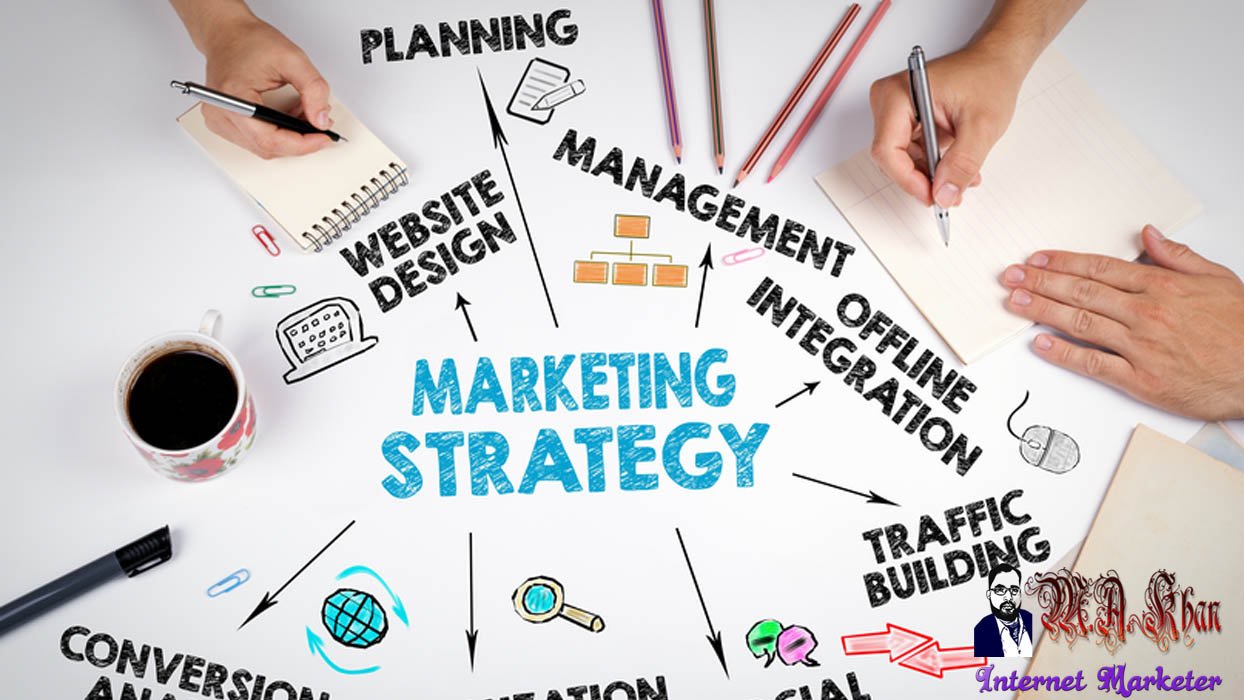When it comes to achieving business success, a well-crafted marketing strategy plays a crucial role in capturing and retaining customers. A marketing strategy serves as a roadmap that outlines the specific steps and tactics a company employs to promote its products or services effectively. With the ever-evolving digital landscape, companies must adapt their marketing approaches to reach their target audience in meaningful ways.
In this article, we will explore a marketing strategy example that showcases how a company can leverage various channels, tactics, and customer insights to drive brand awareness, increase engagement, and ultimately achieve their business objectives. By examining this marketing strategy example, we can gain valuable insights into the power of strategic planning and its impact on a company’s overall success in today’s competitive marketplace.
If you’re talking about a strategy, then you’re talking about a plan that should help you reach a specific goal. This means that a marketing strategy will only be developed once you have defined your marketing goals. Let’s forget the first part of the word marketing strategy and just use the term strategy to explain what it’s about.

Define your goal clearly and measurably
When defining your goals, think carefully about what you want to achieve. In principle, a distinction is made between strategic and operative marketing goals. A strategic marketing goal marks a long-term goal that is fundamental to your business. A typical long-term marketing goal, for example, would be to open up a new target group or a new market.
An operational marketing goal is created at short notice and is subordinated to the long-term objective. For example, in view of the example above, to reach a new target group, an operational marketing goal would be to win at least 15% of the new target group as a customer in your city by the end of 2018.
The marketing strategy determines how you achieve your goals
If you want to achieve the set goals, you need a strategy – the marketing strategy. How do you want to achieve your goals, which market position do you take in the long term?
Cost leadership: Positioning above the price
Do you have a wealthy target group in mind, in which you position yourself as a premium provider? Or are you going to market over the mass and trying to reach customers with hard-calculated prices?
Quality provider: Good goods for good money
Are they clearly different from the competition and offer the best quality? Do you value high-quality materials, best service and deliver class instead of mass? Then their strategy follows this credo.
Niche providers: specialists for special problems
Are you a specialist in your industry and plan to occupy a niche and become a luminary? Then you reach customers through completely different ways as if you would sell inexpensive mass-produced goods.
Regardless of which strategic positioning you choose (or have long ago consciously or unconsciously decided), based on this long-term orientation is your entire strategy. Their strategy, in turn, influences the marketing tools and their use, which professionals call a “marketing mix”
A Coherent Marketing Strategy Example
A young startup company sells the best organic rice from Thailand. The founder is convinced that he can pay the rice farmers in Thailand fair prices and still be able to offer unrivaled low prices on the market. He raised his company so that he buys directly from the rice farmer families in Thailand without middlemen and has the goods transported by ship to the Port of Hamburg.
In Hamburg, a packaging company takes over the logistics. It packages only in 3-kilo packages and sends the goods to be ordered exclusively in the online shop directly to the end user. This eliminates the startup costs for a shop (rent, NK etc.), for employees and for various packaging sizes.
The founder’s goal is to position himself as the cheapest supplier of the very best rice in fair organic quality on the German market. Its business strategy is based on transparency and fairness: by eliminating all superfluous cost factors, it pays fair prices to producers and offers consumers a top product at an unbeatable low price. This is truly a win-win situation for all to satisfy.
His marketing strategy is closely aligned with the company strategy: He transparently communicates who delivers at what price, publishes quality certificates and annual financial statements, and logically also saves on marketing. For example, a self-created blog is an important marketing tool.
It visits start-up competitions in order to engage in conversation, participates in free start-up fairs, and maintains contacts with associations and mentors who give young founders free support. He lectures on these channels and presents his idea without spending a penny. His investment alone is his time.
Who is behind this marketing Strategy example?
In this business idea, marketing strategy and corporate strategy merge seamlessly. The concept is coherent and the behavior of the founder absolutely authentic. Do you want to know who is behind the business idea? Then google the term “rice campaign” and you will find it.
It would be less promising for this founder and also for you to rely on word of mouth alone. Although the instrument is extremely effective, it only develops its true strength when you found potential customers. You must become active if you want to grow and develop a suitable marketing strategy. Then you have very good chances to reach your goals.
Conclusion: The marketing strategy Example must fit the corporate strategy and be authentic
As you go about developing your marketing strategy, you should be fully engaged in the business strategy. Sitting down in one afternoon and using the watering can principle individual marketing tools is simply too expensive, because you can achieve no noteworthy success.







I like the helpful information you provide to your articles.
I will bookmark your weblog and test once more here frequently.
I’m moderately certain I’ll be told a lot of new stuff right
right here! Good luck for the next!
What’s up colleagues, its great post on the topic of education and completely explained, keep it up
all the time.
I wanted to thank you for this good read!! I certainly loved every little bit of it.
I have you saved as a favorite to look at new things you
post?
We are a group of volunteers and opening a brand
new scheme in our community. Your website provoded us with useful information to work on. You have performed an impressive task annd
our whole neighborhood will probably be thankful to you.